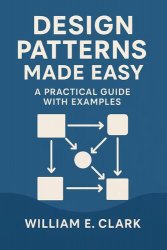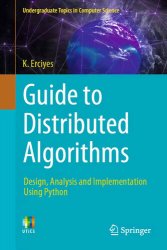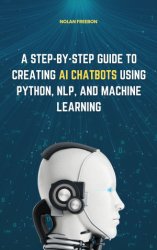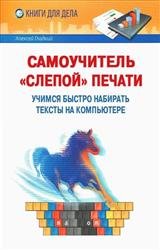- Добавил: literator
- Дата: 24-04-2025, 07:50
- Комментариев: 0
 Название: Full Stack Web Development with Fastify: Building High-Performance Modern Applications from Frontend to Backend
Название: Full Stack Web Development with Fastify: Building High-Performance Modern Applications from Frontend to BackendАвтор: Aarav Joshi
Издательство: 101 Books
Год: 2025
Страниц: 1190
Язык: английский
Формат: pdf, epub, mobi
Размер: 10.1 MB
This book is your definitive guide to mastering full stack web development using Fastify, the modern, high-performance Node.js framework. Designed for developers eager to build robust, scalable, and maintainable applications, it walks you through every layer of the stack—from backend APIs to frontend integration—leveraging Fastify’s speed, extensibility, and developer-friendly architecture. You’ll start with Fastify’s core concepts, learning how its plugin-based ecosystem, schema-driven validation, and encapsulation techniques enable rapid, modular development. Step-by-step, you’ll design RESTful APIs, implement real-time features, and connect modern frontend frameworks for seamless user experiences. The book covers advanced authentication, authorization, and security best practices, ensuring your applications are safe and reliable.









